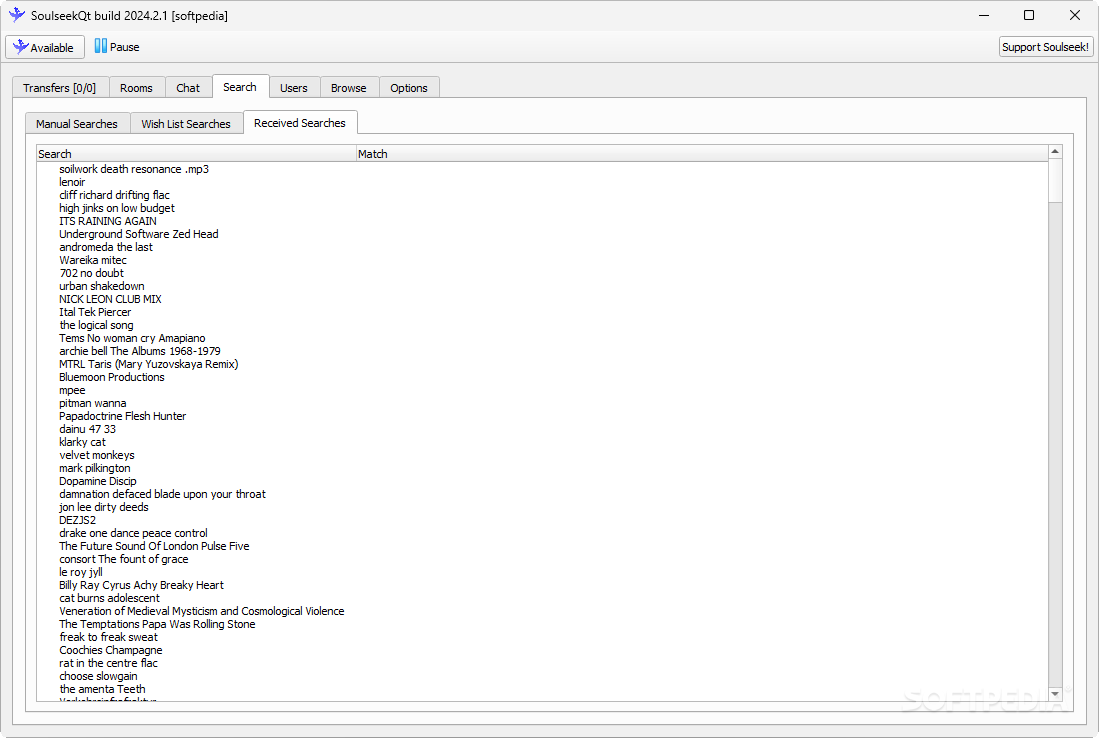
Use % for queries involving columns from both sides of the table.Īccording to this: I think ranges are not supported, instead you have to use > and <, just the way you did it. Use % for queries that only involve dbf columns. Use * for queries that only involve personal GDB fields. If the query involves fields from both sides of the join, use the '%' and '_' wildcards.įor example, if you join a dbf file (the join table) to a personal GDB feature class (the target table): Wildcards come handy in any situation when you need a partial match. A tilde () forces Excel to treat theses as regular characters, not wildcards. If the query only applies to fields in the join table (the right-side table), use the join table wildcards. The two common wildcard characters that Excel recognizes are an asterisk () and a question mark (). If the query only applies to fields in the target table (the left-side table), use the target table wildcards. With a joined table, use wildcards appropriate for the side of the join that you are querying. If you use a wildcard character in a string with the = operator, the character is treated as part of the string, not as a wildcard. Only the wildcard characters that are appropriate to the data source of the layer or table you are querying are displayed. You can click the button to enter the wildcard into the expression you’re building. Wildcard characters appear as buttons on the query dialog. The wildcards you use to query personal geodatabases are '*' for any number of characters and '?' for one character. Alternatively, if you want to search with a wildcard that represents one character, use '_'.įor example, this expression would select any name starting with the letters Cath, such as Cathy, Catherine, and Catherine Smith:īut this expression would find Catherine Smith and Katherine Smith:

The not equal ( ) operator can also be used when querying strings.Ī wildcard character is a special symbol that stands for one or more characters.įor any file-based data, '%' means that anything is acceptable in its place: one character, a hundred characters, or no character. You can use greater than (>), less than (=), less than or equal (= 'M'

For example, this expression would select Mississippi and Missouri among the USA state names:

Use the LIKE operator (instead of the = operator) to build a partial string search. Here is an extract from the help you get while you do a 'Select by Attributes': Wildcards in general are supported by ArcMap.


 0 kommentar(er)
0 kommentar(er)
